The 2012 NASCAR Daytona 500 was hyped (as are all NASCAR races) as an epic contest, a once-in-a-lifetime (annual) event: The Great American Race, the promoters call it un-ironically.
This time the race lived up to the hype. Sort of.
Delayed by rain for the first time in its 54-year history, run at night in prime time for the first time, almost stopped due to a freak fire, and finally (as usual) ending with a Green-White-Checker sprint, this year’s Daytona 500 generated anticipation and excitement beyond other years.
The primary question was would the race happen at all? The race was delayed by rain Sunday afternoon and again Sunday evening, and then again postponed until Monday at noon. Never before had Mother Nature refused to cooperate entirely. Several 500s have been delayed, interrupted, or shortened by rain, but every one of then went off as scheduled on Sunday—until this year.
Everyone—fans, teams, and track officials—were eager for Monday, and worried about Monday’s forecast: rain, followed by rain and more rain. At the rescheduled noon starting time, NASCAR announced that the race would go off at 7 p.m.—this would allow enough time for the tracks jet-dryers (helicopter turbine engines towed behind super-duty pickups) to get the track ready, if the rain slowed in mid-afternoon. Otherwise the race would have to run Tuesday, and if that didn’t work, maybe in April.
Fans watching on TV weren’t too upset; with DVRs even a daytime race could be recorded, and if the race ran in the evening, even West Coasters could hurry home from work and see most of it live. For track officials and teams the story was different.
NASCAR fans tend to be pretty dedicated; most of them stayed until Monday, stretching their hotel reservations and rerouting their travel plans (and presumably calling in “sick” to work.) But Tuesday? Likely track attendance would have plummeted. This would have made for a sad spectacle on TV, and mocked the announcers’ repeated references to “The Great American Race.”
Teams were anxious because they not only wanted to race, the also had to clean, repair and pack their cars and all their gear to ship it to Phoenix by Friday morning for the next race on the schedule. It would be tough after a Monday event; almost impossible to do right if the race ended Tuesday evening.
NASCAR caught a break Monday evening; the rain let up, the jet dryers had enough time to prepare the track, and almost all the fans stuck around; the grandstands and the infield were packed with fans, eager to finally watch the race.
The Pack Is Back
After all that built-up tension, all that anticipation, the race needed to start with a bang and keep on exploding—a dull race would have hurt a more than a postponed race.
Here NASCAR had done itself some favors. After a season of tandem-drafting Superspeedway racing, where two cars together were faster than either single cars or the pack, the series had re-written the rules.
Fans didn’t like the tandem racing; neither did drivers. NASCAR responded by shrinking radiators and radiator grill openings for restrictor-plate tracks. Now cars which teamed up couldn’t stay together nose-to-tail and blithely cruise away from the pack, because the car in back would overheat and blow its engine.
These changes, coupled with a shorter rear spoiler and longer rear bumper, made it positively dangerous to bump-draft (push cars to go faster) in anything but a perfectly straight line, and for short periods of time.
This brought the pack...
This brought the pack back—that three-wide, 14-rows long mass of cars racing inches apart at 195 miles per hour. Not every NASCAR fan likes pack racing but it has become the norm at superspeedways since restrictor plates were introduced to keep the cars from traveling too fast to stay on the track. Fans have come to expect it, and this year NASCAR delivered.
Of course, with the big packs come the big wrecks: the “Big One” which is also expected a couple times at least in every restrictor-plate race, where half-a-dozen cars or more are sidelined by the error of a single driver. NASCAR builds its cars like tanks because it knows that sooner or later a pile of them will be flipping, spinning, and sliding, and down the track and no one wants to see anyone get hurt.
Starting With a Bang
Monday’s race didn’t keep fans waiting: in the first few hundred yards of lap two, Elliot Sadler nudged five-time champion Jimmie Johnson, sending Johnson’s Chevy spinning into the wall. Johnson bounced into Danica Patrick and then got nailed by David Ragan. Kurt Busch and 2011 winner Trevor Bayne were also collected in the wreck.
After the debris was cleared and the cars towed, the race resumed—for another six laps when Ryan Newman lost control, not hitting anything but bringing out another caution flag. When Newman tried to leave the pits, he did so without his left rear wheel, which rolled along beside him. Newman slammed to a halt, and A.J Allmendinger, also leaving the pits, slammed into Newman’s car.
After all that the race calmed down for a while, as a few fast drivers: Greg Biffle, Matt Kennseth, Denny Hamlin, and Jeff Burton, took turns at the head of a six-or eight-car train which led the pack. No one could team up and pass the leaders because of water temps, but the leaders couldn’t get away from the pack—the pace was too high.
The race was almost relaxed for the next hour; drivers and fans all knew that the real race would be from the final pit stop until the final wreck or two, and then from the final wreck to the checkered flag. The intervening laps were only of consequence to drivers like Jeff Gordon, whose engine blew up on lap 81.
To keep up interest, NASCAR had offered a $200,000 bonus for whoever led at the halfway point, 100 laps. A collision between Marcus Ambrose and Terry Labonte brought out a caution until lap 92, ensuring an eight-lap sprint for the prize money.
On the restart, Dale Earnhardt Jr. tried to push teammate Kasey Kahne into the lead, but didn’t quite have the pace of Greg Biffle, who took the lead. He coudln’t hold it though; coming to the start-finish line, Denny Hamlin made a perfectly timed push to launch Martin Truex Jr. into first place to capture the cash. The Announcers joked that Truex should split the cash with Hamlin.
Clint Bowyer’s car stalled on lap 129, bringing out the sixth yellow flag, and David Stremme blew his engine on lap 157; otherwise, the race stayed calm—no wrecks, no hassles, not much change up front. Much of the field pitted here, thinking this might be the last stop of the race.
Freak Fire
Juan-Pablo Montoya pitted after the field, wanting to wait until everyone else had come in. On lap 160, racing around to catch the pack before the green flag, he had a serious mechanical failure in Turn Three which turned his car sharply to the right and shot it up the track.
By the oddest of chances, one of the jet-dryer trucks, circulating the track to blow off debris, was just ahead of Montoya, and his Earnhardt Ganassi Chevrolet slammed hard into the trailer, igniting 200 gallons of jet fuel in a huge fireball.
“I told them when I left the pits we had a really weird vibration—every time I got on the gas it vibrated,” Montoya told FOX TV. “I came back in to check the rear end; they said it was okay. I got to the back straight, in fourth gear, but really we weren’t going that fast, and the car just turned right.”
Montoya’s Chevrolet rolled down the track, broken and burning, but the driver was unhurt. The driver of the jet dryer was also unhurt. The track itself was another story. The jet fuel blazed away, eating into the asphalt.
It took several minutes...
It took several minutes for safety crews to put out the fire; then the track crew had to spread Speedy-Dry, sweep it up, wash the track with laundry detergent, spread more Speedy-Dry, sweep that up—all before track officials could determine how much damage had been done.
Some, but not too much, was the verdict. Under a red flag, the track crew laid down Street-Bond, a quick-setting patch material, while drivers and crews watched the weather radar, which showed a shower approaching.
David Blaney, of the budget racing team Tommy Baldwin Racing, watched with the greatest interest. He had stayed out under yellow and now led the race. If rain stopped the show, he would have stolen a win.
It wasn’t his night, however: after two hours, the rain went past, the crew fixed the track, and racing resumed with 35 laps to go.
The Obligatory Final Crashes
Now the fight was on in earnest, and everyone was on edge, pushing hard for every advantage. As fans know, that means more wrecks.
It only took ten laps for mayhem to break out, as Aric Amirola, trying to pass Casey Mears, touched Ricky Stenhouse Jr., setting off another chain-reaction wreck.
After that was cleaned up the race resumed for five more laps, before another multi-car pileup in the tri-oval took out Carl Edwards, Jamie McMurray, Brad Keselowski, Regan Smith and Aric Amirola among others.
Two more laps under green, and yet nother “Big One” struck, this time catching 2011 champ Tony Stewart, Dave Blaney, Ricky Stenhouse, Landon Cassill, Kyle Busch, and a few others.
On lap 200, the field took the first Green-White-Checker, meaning that if the leader could complete one lap and take the white Last Lap flag, then the race would be done after the next lap, no matter what else happened; if the leader didn’t get back around, there would be two more GWC attempts, then the race would end under caution.
Finally things went right: no one wrecked on the restart, and Matt Kenseth, Greg Biffle, and Dale Earnhardt Jr. led the pack to the checkered flag.
Earnhardt tried his best to push Biffle past his Roush Ford teammate Kennseth; had he succeeded, Biffle could have cut in front of Kennseth and then he and Earnhardt would have raced for the win.
The pair simply didn’t have the speed though; whether it was because Kennseth was too fast or because Biffle figured Earnhardt would push baffle to the front and then pass him for the win and decided to let his teammate win, the trailing pair never caught Kennseth. Earnhardt finally made a move on his own to take second, and Matt Kennseth won his second Daytona 500.
After the race, Matt Kennseth said that things weren’t going that smoothly from his seat: “We had a lot of problems—we had the engine spew out water, had a little bit of a fuel problem, we lost the tachometer, lost the radios— but what a great race. I really need to thank Greg Biffle for working with me today. We both had really fast rockets—I think it just ended up who was in front at the end.”
When asked if Greg Biffle’s seeming unwillingness to pass was due to friendship, teammates, or both being Ford drivers, Kennseth replied, “I think it was the combination everything, but really it was what was going to give us both the best finish. When I pulled up in front of him and he pushed me and we could get clear of the car behind me—that was a big key.”
Greg Biffle claimed that he didn’t know why his car, with Earnhardt pushing, couldn’t catch his teammate Kennseth. “I don’t know what happened there. He [Earnhardt] was against me for two full laps and I couldn’t pull up on the 17 [Kennseth.] It was like the 17 had more motor something at the end; it’s like he floored it and we couldn’t catch him. I tried to make a move on the back but we didn’t have a run.”
2011 NASCAR Rookie of the Year Andy Lally had a different take on the situation; he tweeted, “That may be the hardest thing Biffle has ever done. He rode the brake that entire last lap. That is a committed teammate.”
Dale Earnhardt Jr. told FOX TV, “I'd have liked to have won. I told Greg [Biffle] I was going to push him on that last restart and I pushed him. He was waiting and waiting—it looked like he might have been trying to make a move on the back straightaway, but nothing materialized. I waited for the last minute for him to have his opportunity to try to pass Matt [Kennseth] and nothing was happening so I just pulled out and went around.
“It was unfortunate what happened over in Turn Three tonight. I’m glad everyone is okay. Hate it for the fans who had to wait around so late, but they stuck around—that’s why NASACR fans are the best. Hopefully they enjoyed it.”
Rain, fire, wrecks, and a down-to-the-wire finish? Yes, it is pretty certain the fans enjoyed it.
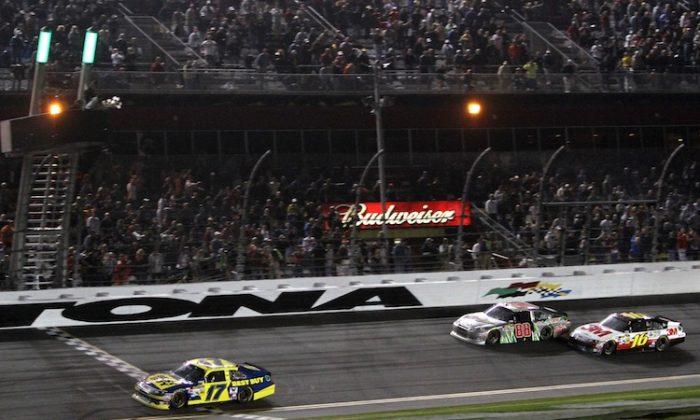










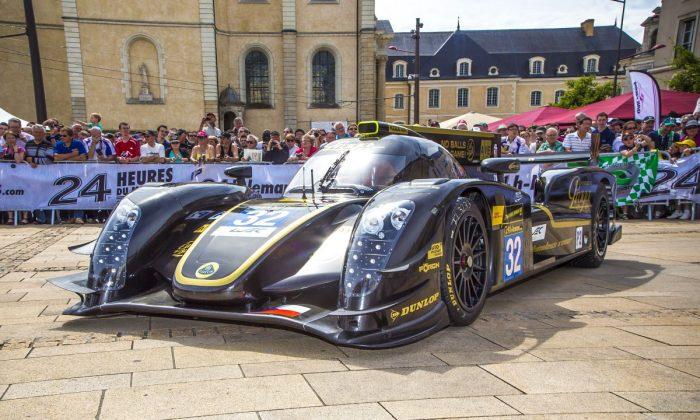
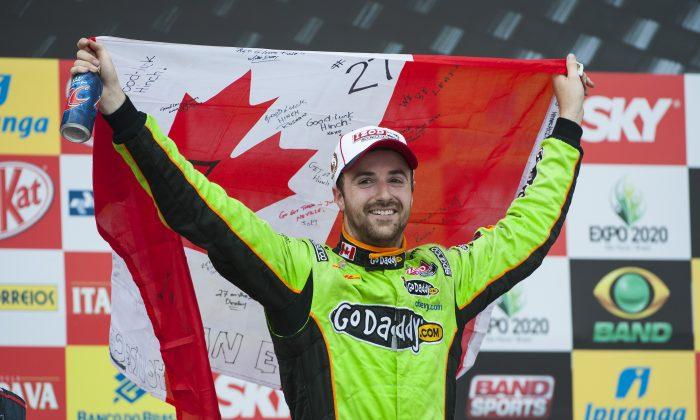
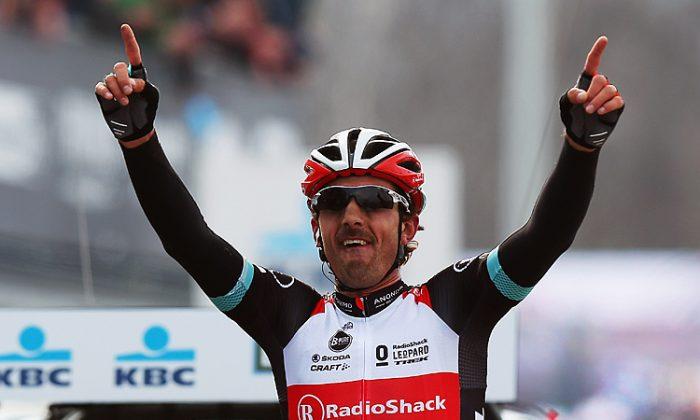
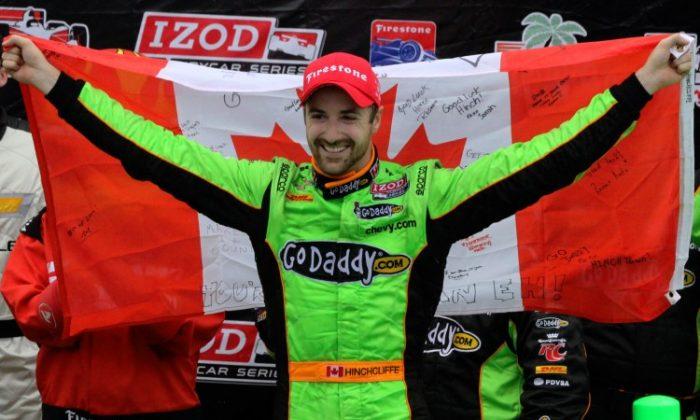
Friends Read Free